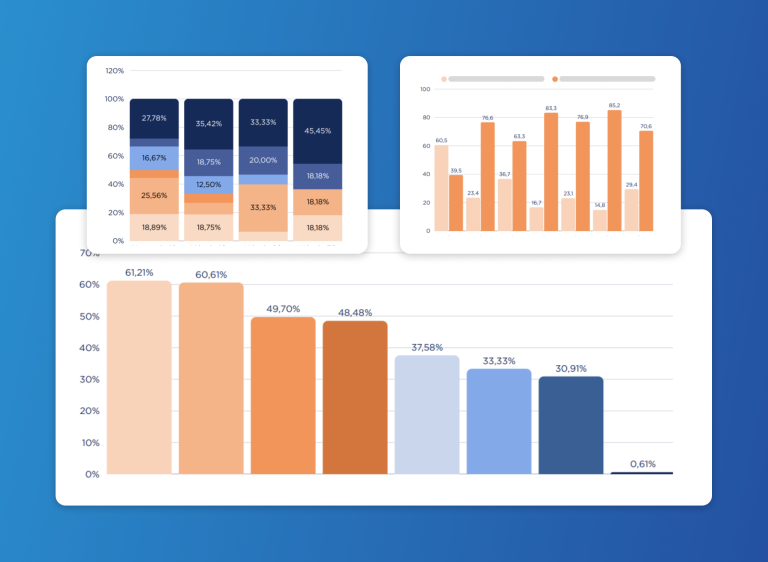How data is collected, managed and used is critical to the success of any strategy. In this article, we discuss the recent changes announced by Google, which wants to end the use of third-party cookies in light of recent concerns in terms of security and privacy.
Third-party cookies have been a key tool for marketers for many years, but if you’ve always relied on the power of First-Party Data you won’t have to worry about Google’s latest changes.
So, if you use Connectif in your eCommerce, in this article we tell you why for you and your business it won’t change the way you collect data, by always and only using First-Party Data.
Shall we get started?
What exactly is First-Party data?
Let’s take a brief look at what first-party data is: this expression refers to information collected directly by a company or organization from its own customers or users. This type of data comes from direct interactions between the company and its customers through its own communication channels and platforms.
Some common examples of First-Party data include:
- Purchase history: information about the products or services a customer has purchased in the past.
- Browsing behavior: data on how users interact with the company’s website, such as pages visited, time spent on the website and actions taken.
- Registration information: data provided by users when registering for an account or subscribing to a newsletter, which may include name, email address, date of birth, etc.
- Multi-channel interactions: this dimension of First-Party data allows you to track user interactions across multiple channels before they reach your website. This includes identifying whether they have interacted with a specific campaign, the channels used and other relevant touch points.
- CRM (Customer Relationship Management) data: in general, any information collected and stored in customer relationship management systems.
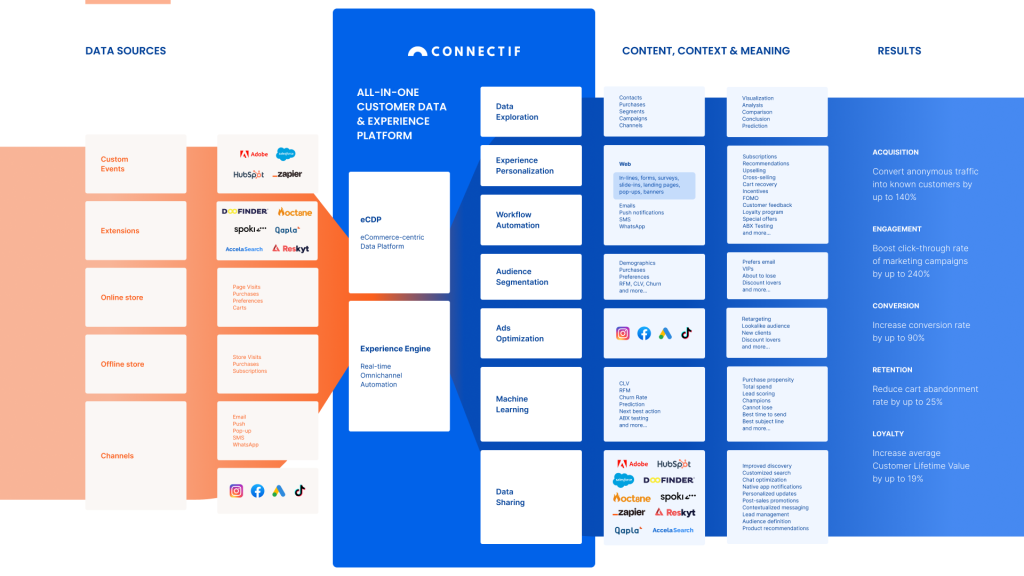
For this reason, First-Party data is highly valuable to companies because it is reliable, accurate and under their direct control. It enables eCommerce to better understand their customers, personalize user experiences, improve audience segmentation and optimize marketing strategies.
Moreover, unlike third-party data, which is acquired and transmitted to external sources, first-party data is never shared with domains outside the website itself, ensuring control and privacy.
Connectif: the all-in-one solution for marketers with a Data First approach
Since its inception, Connectif has had a clear objective: to enhance all marketing strategies through the use of reliable and accurate data. What we have always defined as a Data First approach.
Given our dedication from the beginning to using only first-party data, the changing landscape of third-party cookies in 2024 will not alter the rules of the game for us or our clients. If you want to discover how we collect data and why this news does not affect us, we invite you to read on.
First, we focus on the comprehensive collection of First-Party data from a variety of customer touch points. This includes omnichannel management, from interactions on the website, such as visits and specific actions on product pages, to behavior on other channels such as email, push notifications, paid marketing campaigns and WhatsApp messages. Not only do we ensure the collection of all this data, but we also promote transparency and trust with customers by explaining that we will never share this data with third parties.
Once collected, Connectif empowers its clients to make sound decisions and act on their data in real time: we provide advanced data analysis techniques to identify patterns, trends and key opportunities within the information collected.
This enables eCommerce companies to better understand their customers’ behavior and preferences, from their online browsing habits to their shopping patterns and brand loyalty.
In addition, we provide key metrics such as RFM (Recency, Frequency, Monetary) and CLV (Customer Lifetime Value) to help companies assess the value of each customer and their future revenue potential.
With this deep understanding of their customers, e-retailers can implement highly personalized and effective marketing strategies.
Want to see some examples? Let’s go!
First-Party Data: a gold mine for marketers
The use of First-Party Data represents a real gold mine for marketers in the digital world. This data is precious because it is of high quality and comes directly from user interactions in an online store.
Major brands that rely on the power of Connectif’s First-Party Data have managed to personalize their marketing strategies and increase their eCommerce sales:
- Levi’s, the “King of Blue Jeans”, launched personalized product recommendations on its website based on real-time, first-hand information, which contributed to 10% of its total online sales.
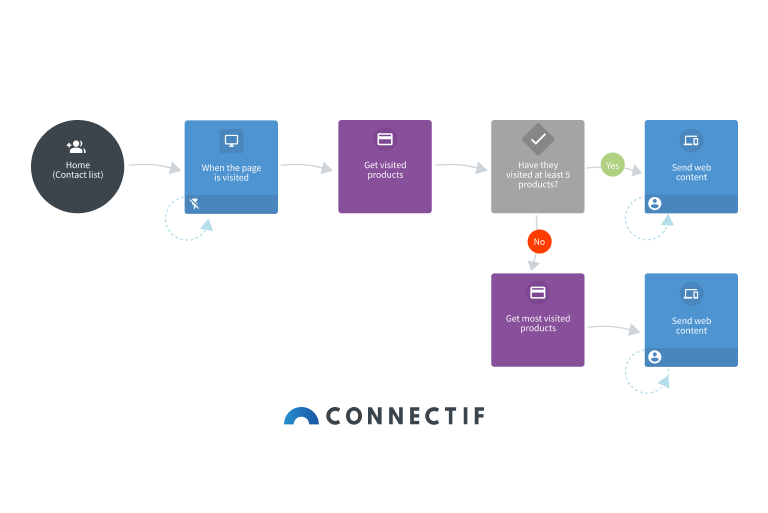
In this workflow you can see how Levi’s Colombia has implemented personalized showcases of recommended products. Thanks to the collection of First-Party Data and the power of Connectif’s AI, the workflow takes into account the most visited products of the user who is on the website at that moment, and in real time populates the personalized showcases with these products. In case the user has not visited enough products, instead of displaying nothing, the most visited products in the eCommerce are displayed.
- Acer Chile, leveraging the full potential of first-party data, has achieved a 70% improvement in getting feedback from its customers.
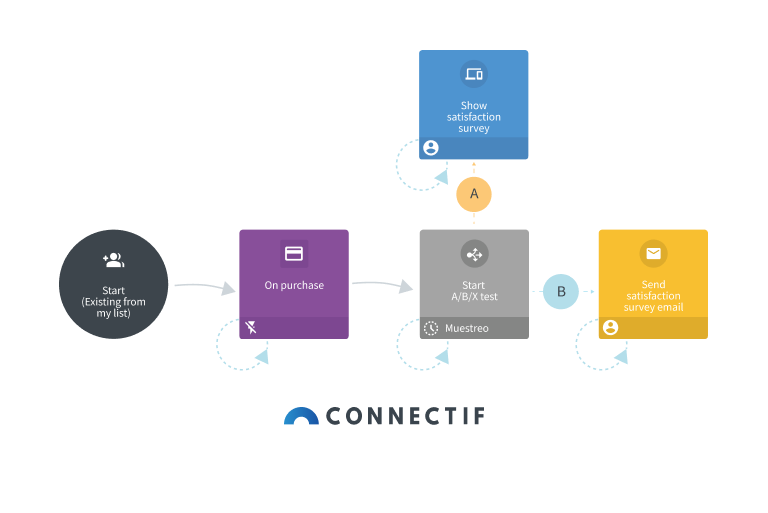
To get more feedback from its users, Acer Chile needed to know which channel its users preferred to use and when they were most likely to respond to satisfaction surveys. Using real-time data, you can see how to trigger a workflow to start an A/B/X test every time a customer makes a purchase.
- FarmaciasDirect customized landing pages and special promotions for specific audience segments and increased the conversion rate of its online store by 15%.
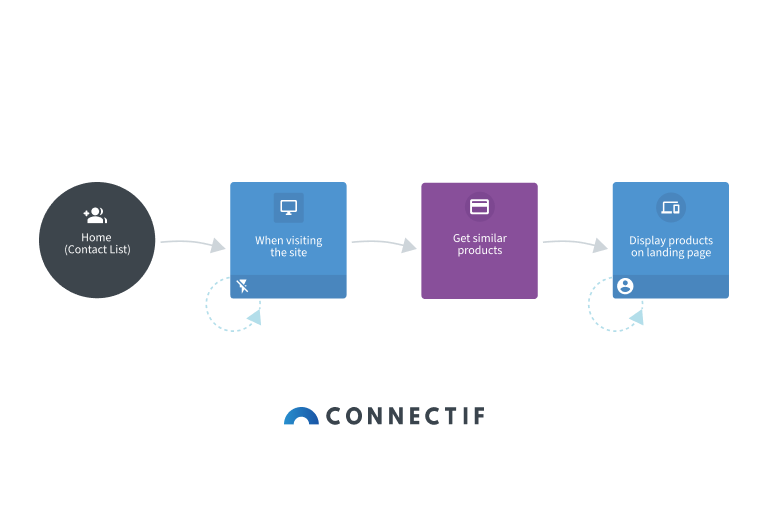
Based on the interests and preferences of each user, Farmaciasdirect activated a workflow to automate the creation of landing pages: here you can see how to show exclusive offers and promotions of a brand from the catalog or specific product categories.
- Thanks to a personalized offer campaign during the holiday season, Naf Naf increased its subscriber base by 48% with an attractive advent calendar.
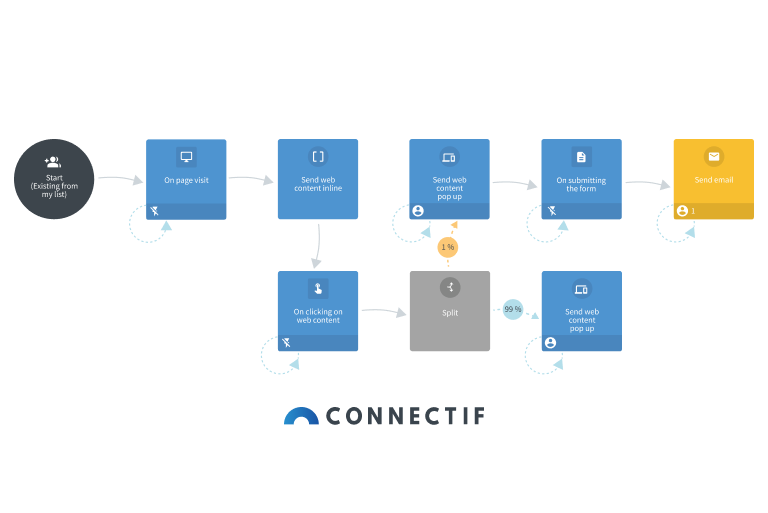
This workflow shows how when a user visited any page of the NAF NAF online store, an inline with the Christmas sweepstakes appeared. With the split node, they rewarded 1% of the participants by sending them an email with the percentage discount. The other 99% of participants were shown a pop-up that they were unlucky.
As you can see, by adopting a Data First approach you can personalize marketing strategies more effectively, ensuring the success of your online campaigns.
Rely on Data First
From Connectif, we will continue to recommend all marketers to start working with First-Party Data as soon as possible. Not only because Google has announced the elimination of third-party cookies, but also because First-Party Data needs time to build a solid history of user navigation on a website.
The sooner you start collecting and using this data, the faster you can adapt to changes in the digital landscape and take full advantage of First-Party Data opportunities.
To learn more about how Connectif can give you an edge in the world of First-Party Data with omnichannel visibility, audience segmentation, strategic workflows, personalized content and advanced dashboards to analyze results, request a demo.



